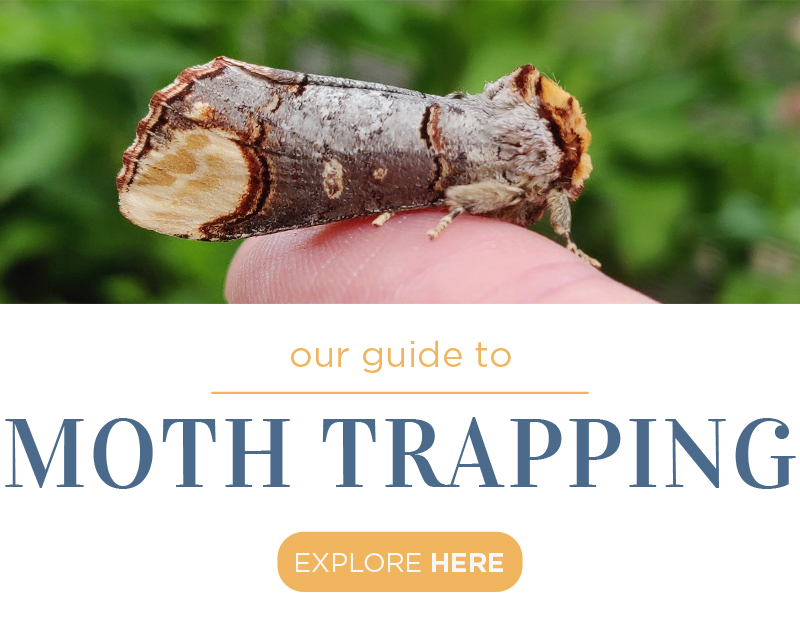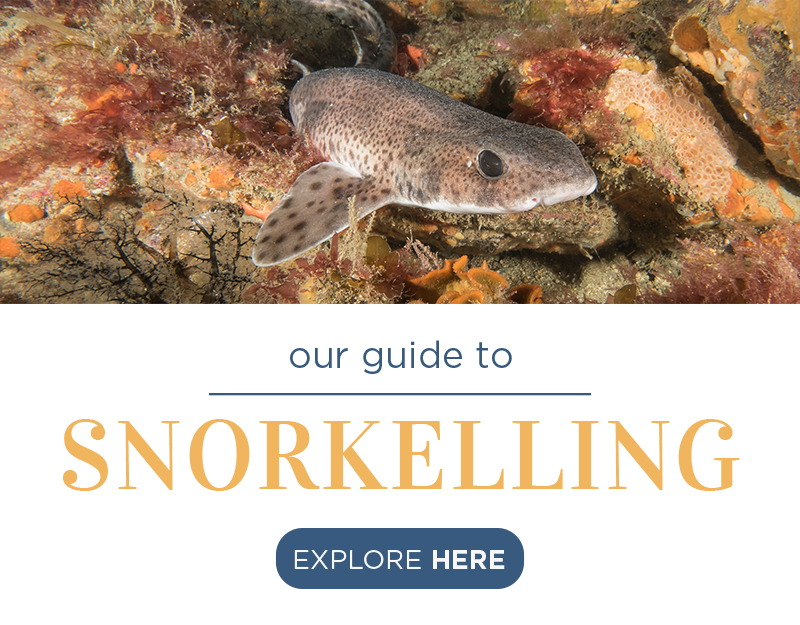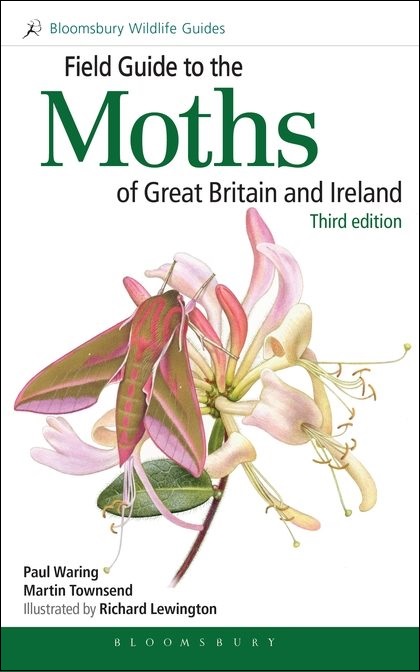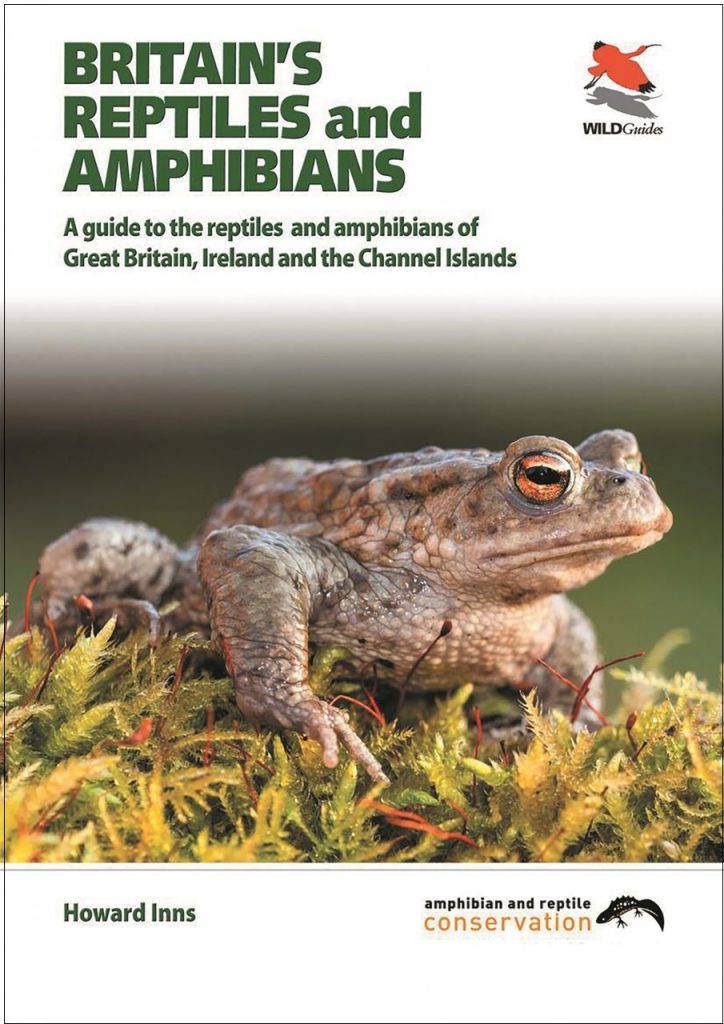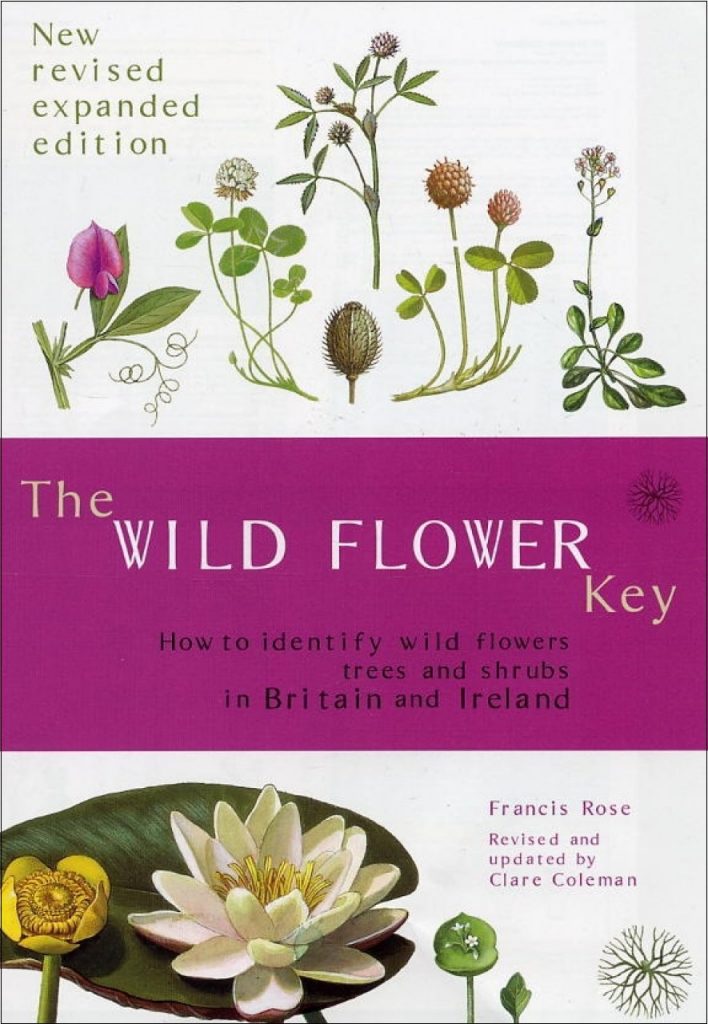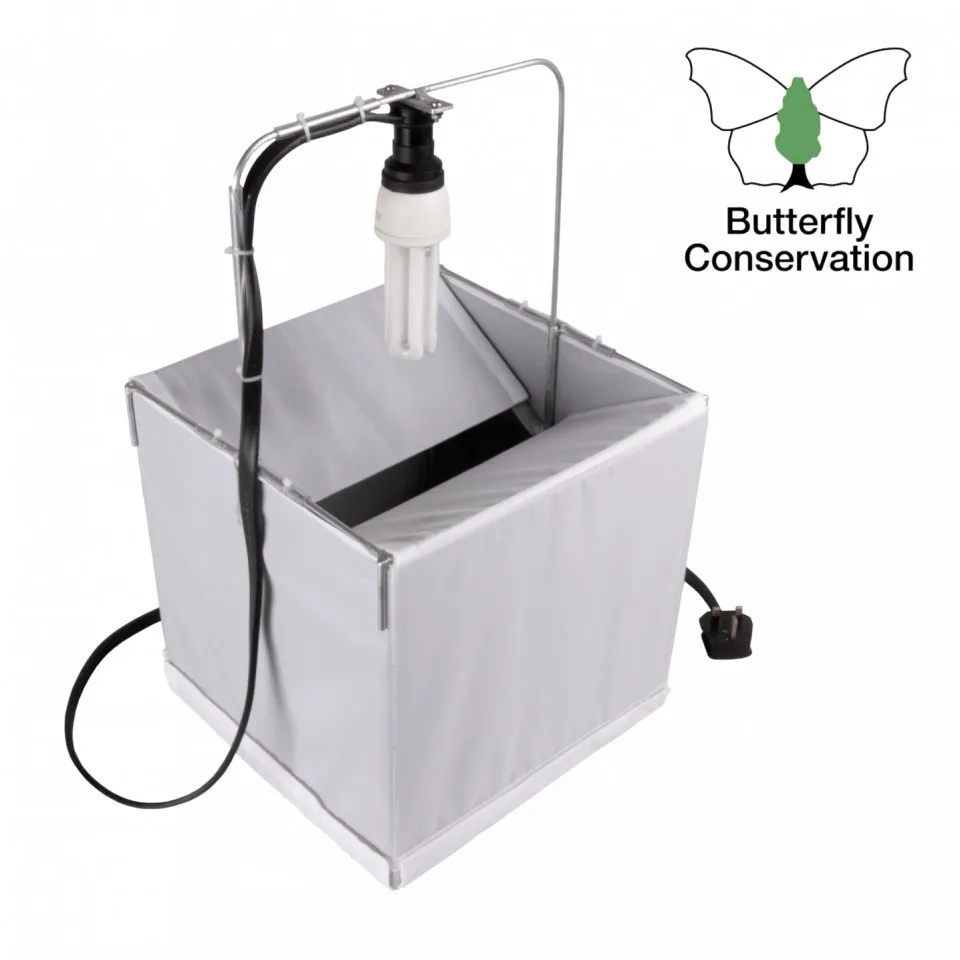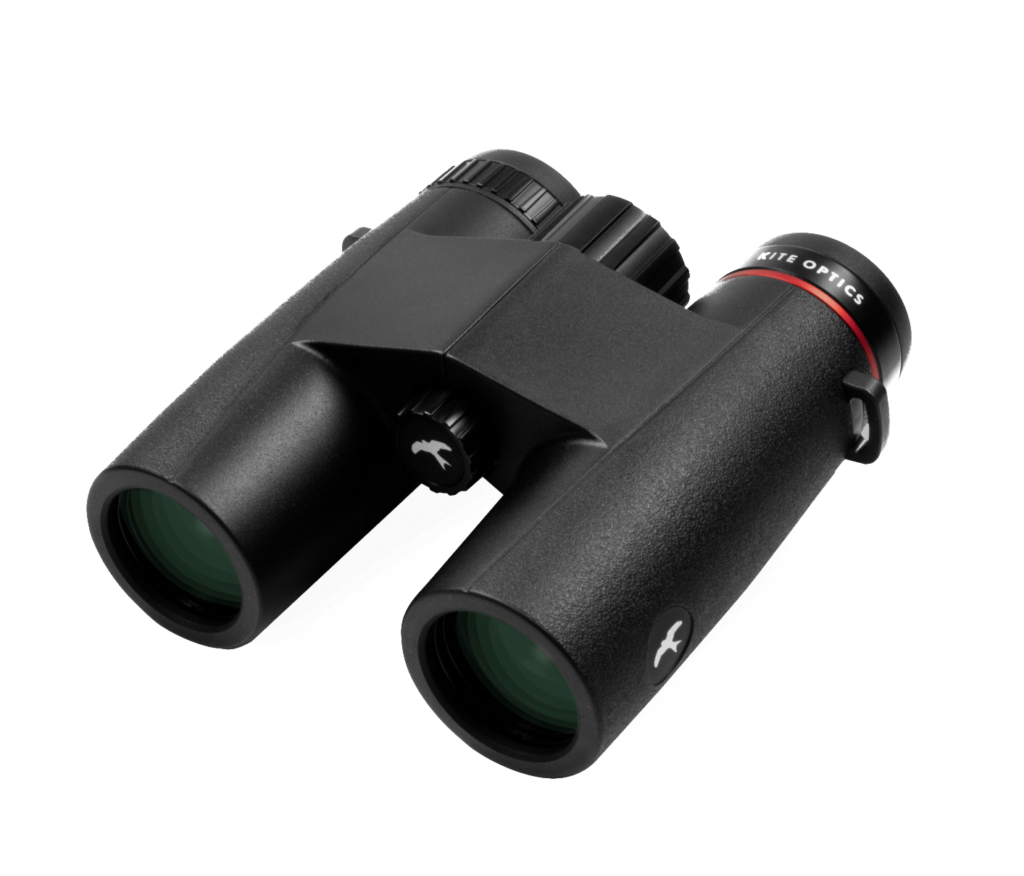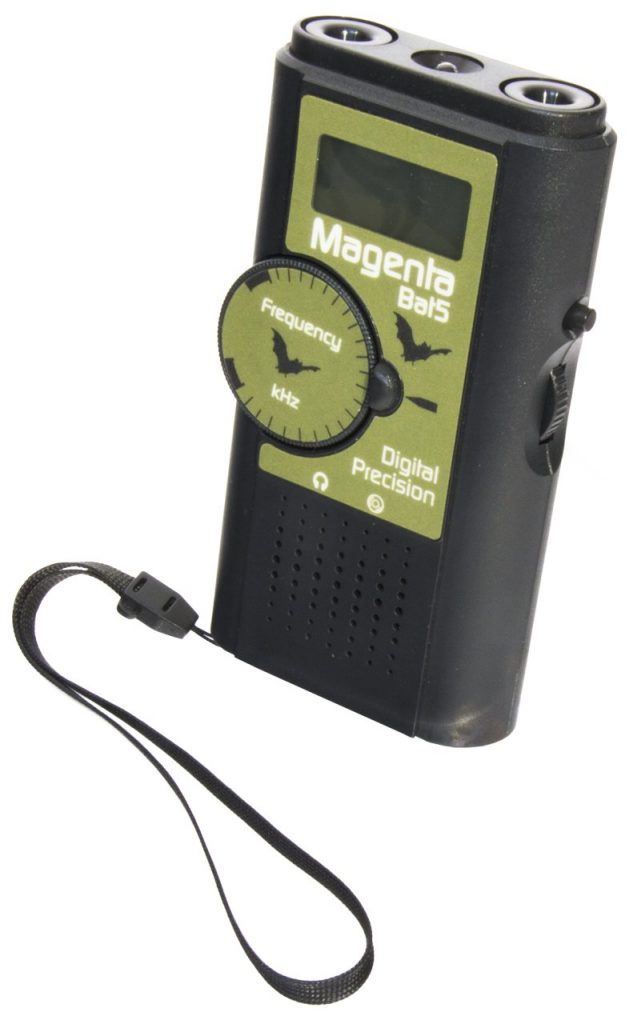
Springtime is often synonymous with rebirth, renewal and regrowth. As the Earth’s axis tilts towards the sun, our days become warmer and the snow starts to melt. The rivers and streams swell, air and ground temperatures rise, and we start to see new plant growth.
There are no fixed calendar dates for the beginning of spring. Ecologically, the start of this season relates to biological indicators, such as the start of certain animal activities and the blossoming of particular plant species. Phenology is the study of the timing of natural events from year to year, like the budburst of trees, the arrival of summer migrant species, the breeding bird season and the emergence of hibernating wildlife. You can find out more about the study of phenology in our previous blog post.
This is the first in our four part seasonal phenology series where you can explore a collection of ID blogs, books, equipment and events to make the most of the spring season.
Identification guides
Over the years, we’ve made a number of identification guides for UK species, many of which are active during spring. Here’s a selection that we think are particularly useful for this season:
What you might see:
- You will likely start to notice the first flowering of many plant species, including Cuckoo Flower (Cardamine pratensis), Meadow Foxtail (Alopecurus pratensis), Bluebells (Hyacinthoides non-scripta) and Wood Anemone (Anemondoides nemorosa).
- The budburst of trees, including Alder (Alnus glutinosa), Horse Chestnut (Aesculus hippocastanum), Rowan (Sorbus aucuparia) and Sycamore (Acerpseudoplatanus), with many also having their first leaves appear in March or early April.
- Trees such as Hawthorn (Crataegus monogyna), Blackthorn (Prunus spinosa), Hazel (Corylus avellana) and Field Maple (Acer campestre) begin to produce blossoms and catkins. Spring blossom can start as early as February and last through to early summer.
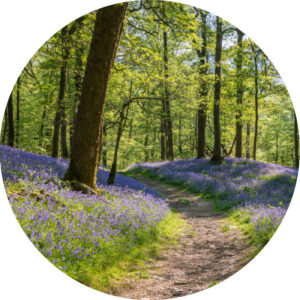
- The emergence of several insect species, such as Seven-spot Ladybirds (Coccinella septempunctata), Orange Tip butterflies (Anthocharis cardamines), Green Tiger Beetles (Cicindela campestris) and Dark-edged Bee-flies (Bombylius major).
- The beginning of the nesting season for most European bird species, including Great Tits (Parus major), Tawny Owls (Strix aluco), Long-eared Owls (Asio otus) and Wrens (Troglodytes troglodytes). Great Crested Grebes (Podiceps cristatus) start their courtship rituals in early spring, with their elaborate dances, synchronised swimming, preening and ‘mewing’.
- Many migratory birds also begin to arrive during spring, such as Chiffchaffs (Phylloscopus collybita), Swallows (Hirundo rustica) and Wheatear (Oenanthe oenanthe).
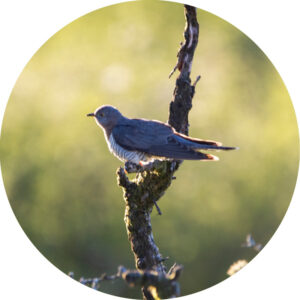
- Reptiles and amphibians become more active during spring and into summer, coming out of hibernation and venturing to find food and breeding sites. Frogspawn, toadspawn and tadpoles also begin to appear during early spring and onwards.
- A number of mammal species give birth during this time so that their young are born when resources are most plentiful. Badger cubs (Meles meles), which are mainly born in February, will begin to gradually emerge from their setts during spring.
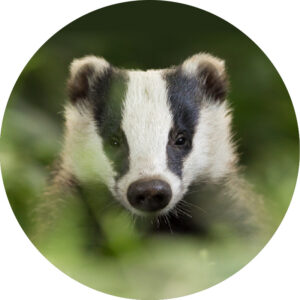
Activities:
Upcoming events:
Earth Day – 22nd April
International Dawn Chorus Day – 5th May
Hedgehog Awareness Week – 5th to 11th May
World Bee Day – 20th May
International Day for Biological Diversity – 22nd May
World Environment Day – 5th June
World Ocean Day – 8th June
Insect Week – 24th to 30th June
Essential equipment and books:
 An Identification Guide to Garden Insects of Britain and North-West Europe
An Identification Guide to Garden Insects of Britain and North-West Europe
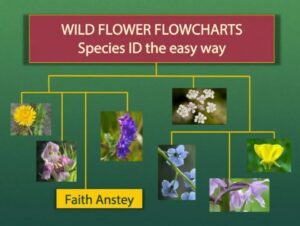 Wild Flower Flowcharts: Species ID the Easy Way
Wild Flower Flowcharts: Species ID the Easy Way
Check out our guide to hand lenses and our full range.
Browse our full collection for more spring books and equipment highlights.


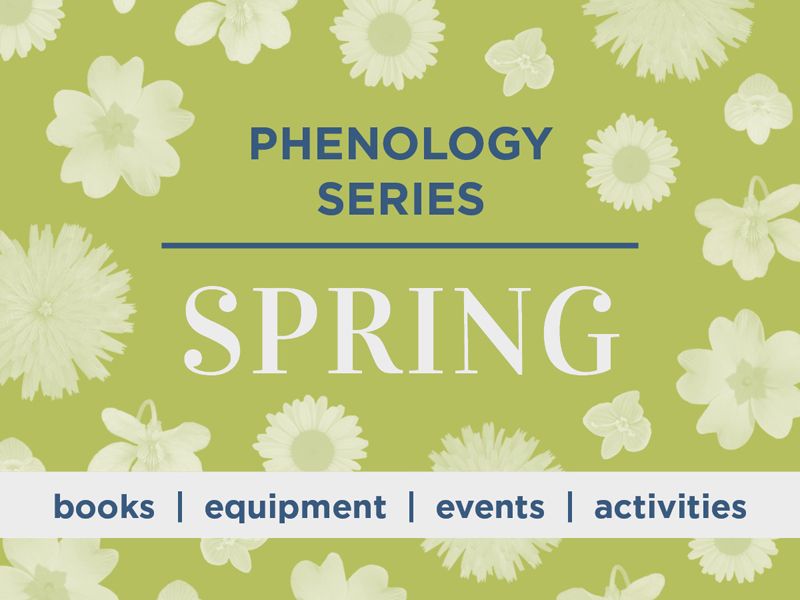
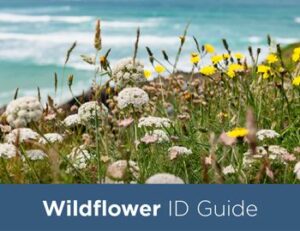

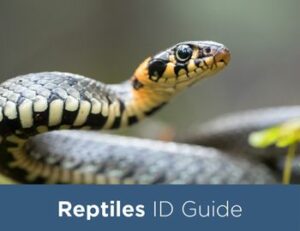
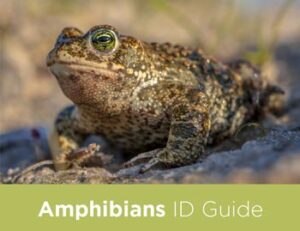

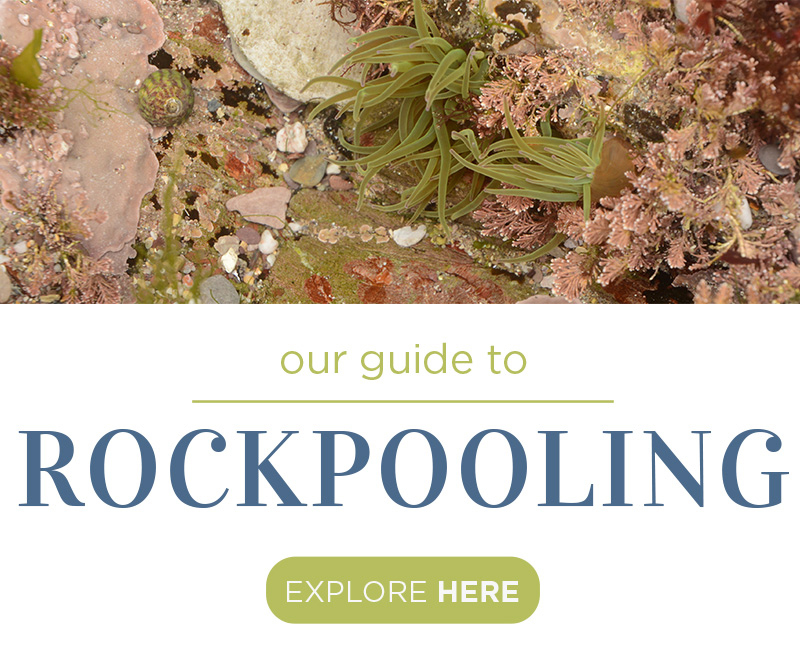
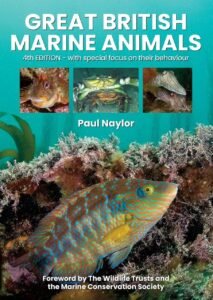
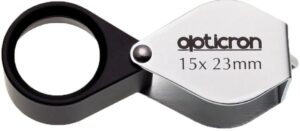

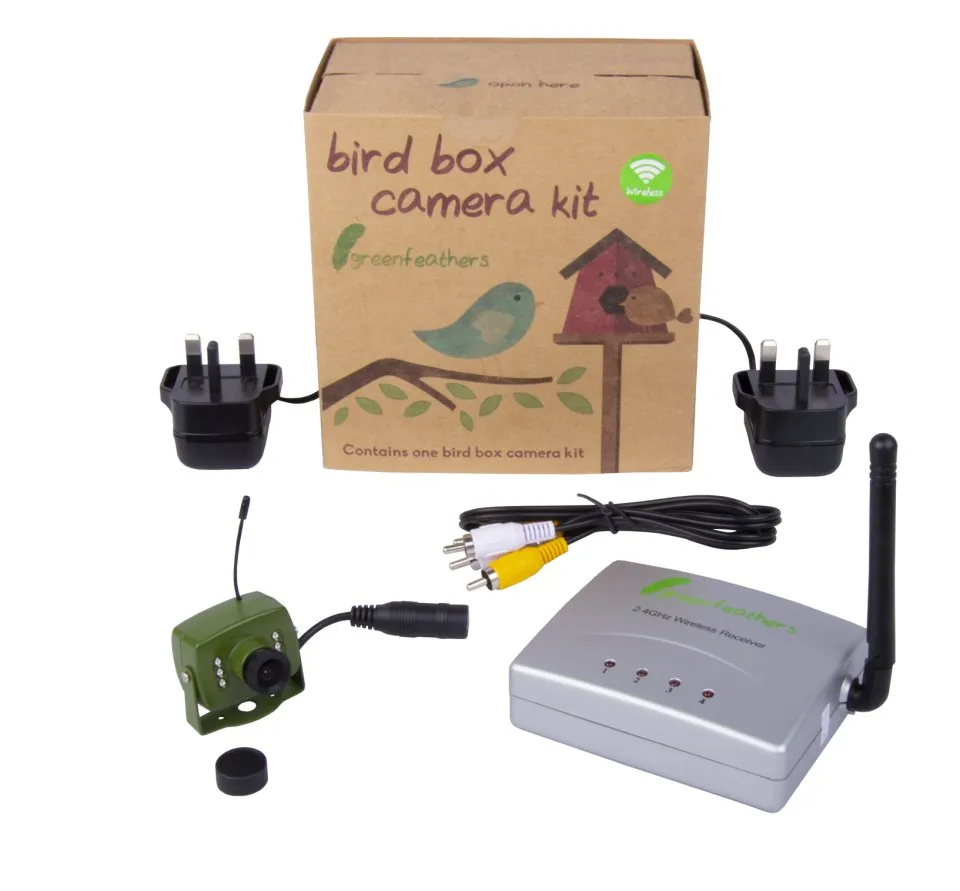
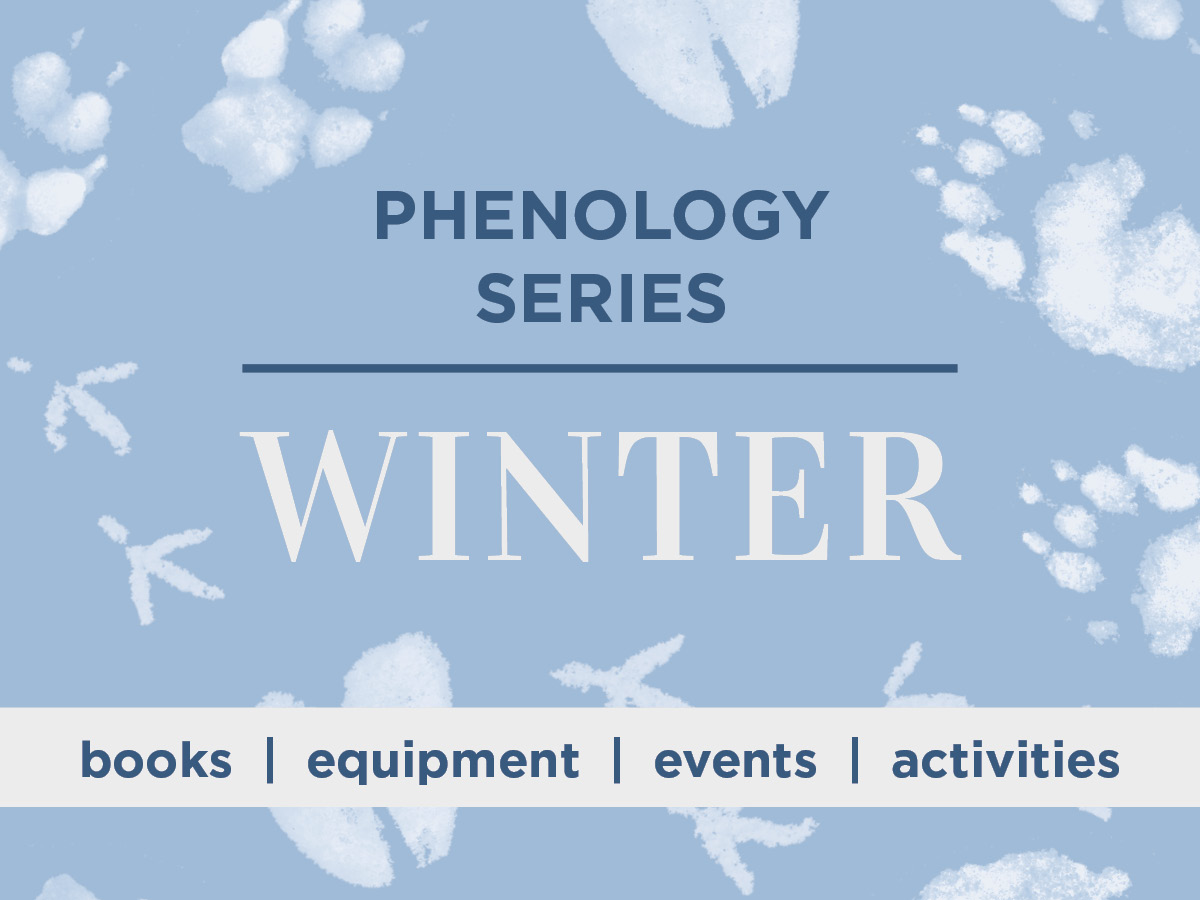

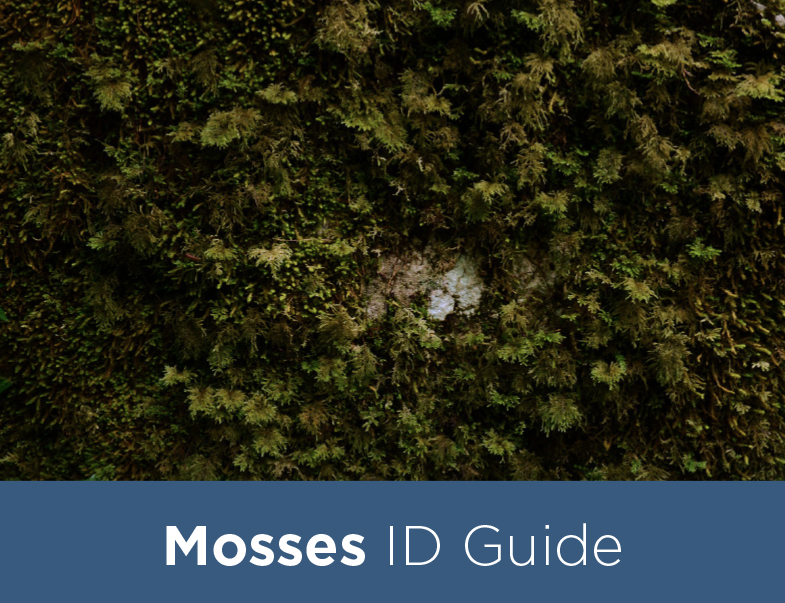
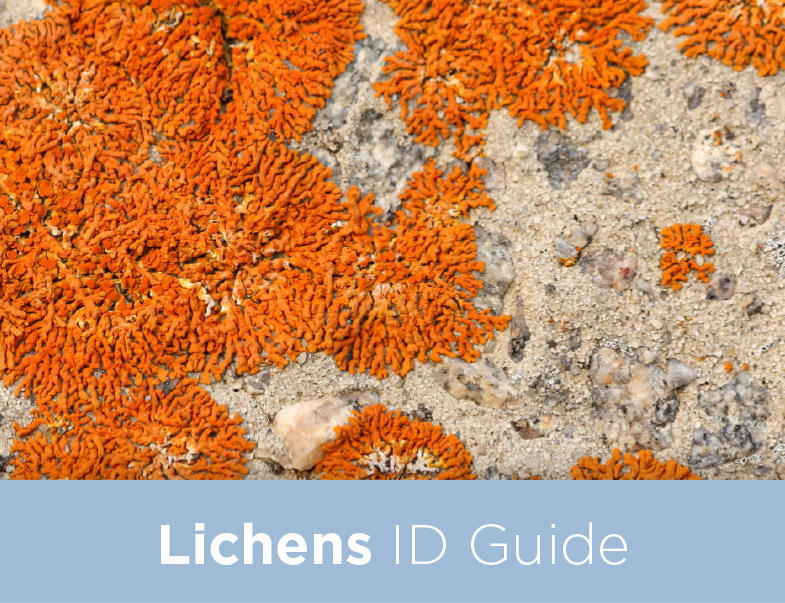

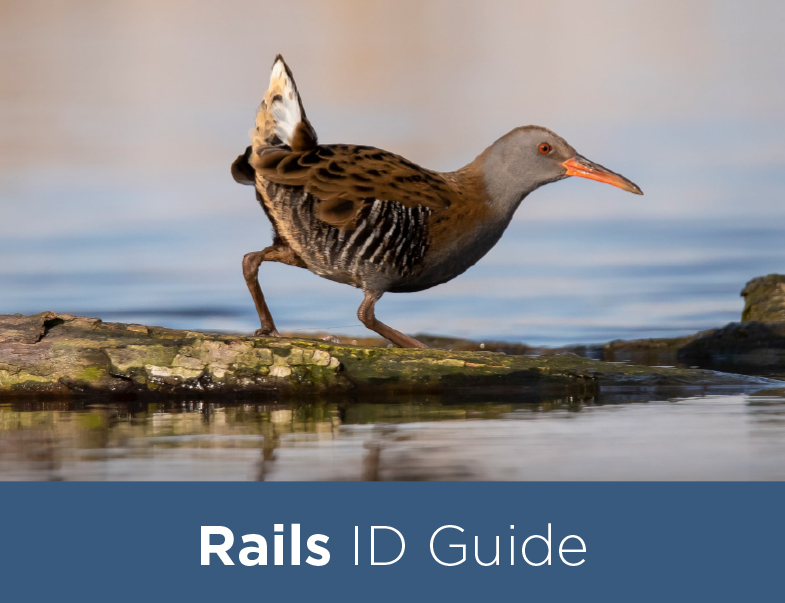

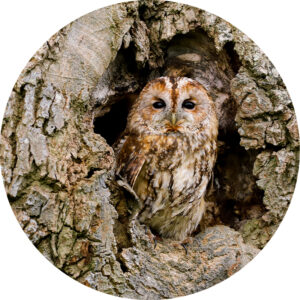
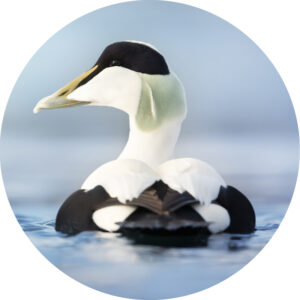
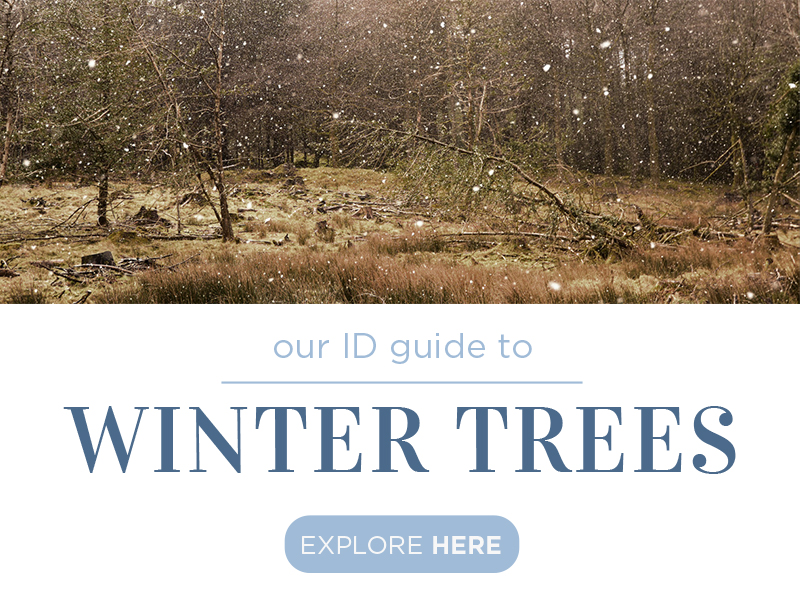
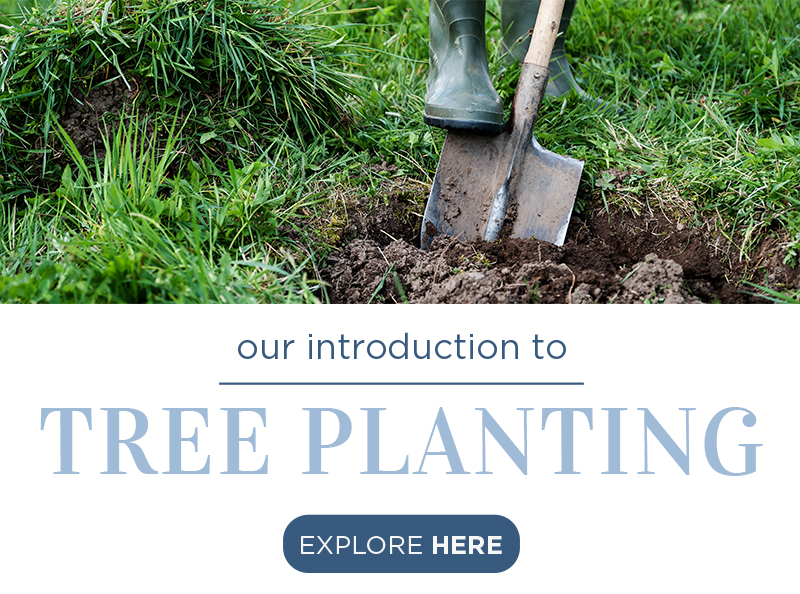
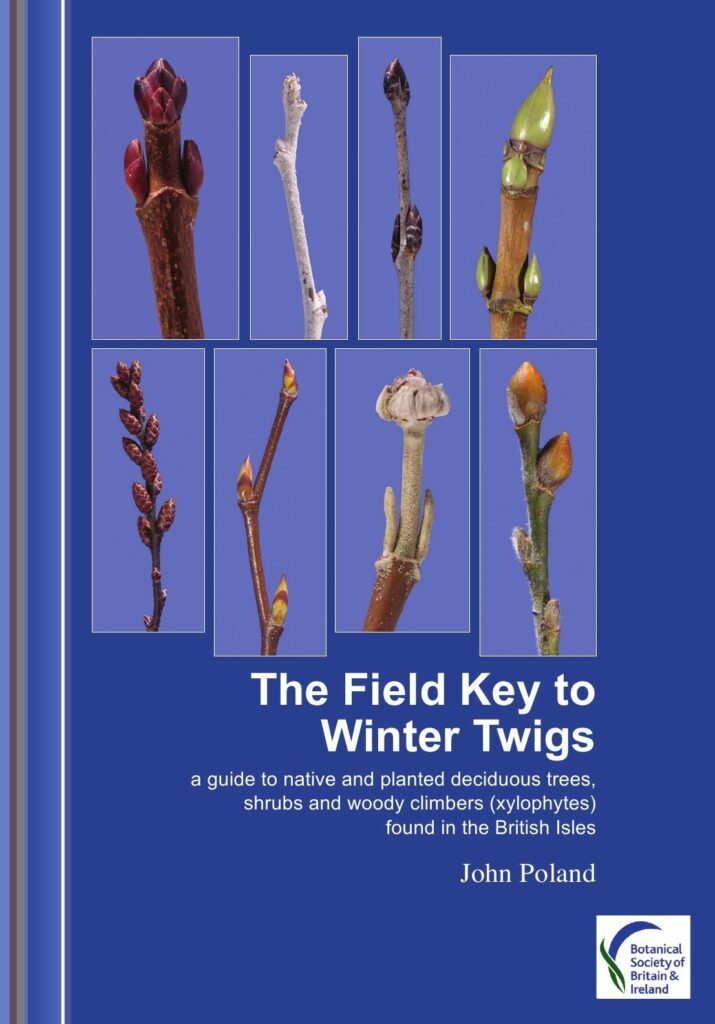
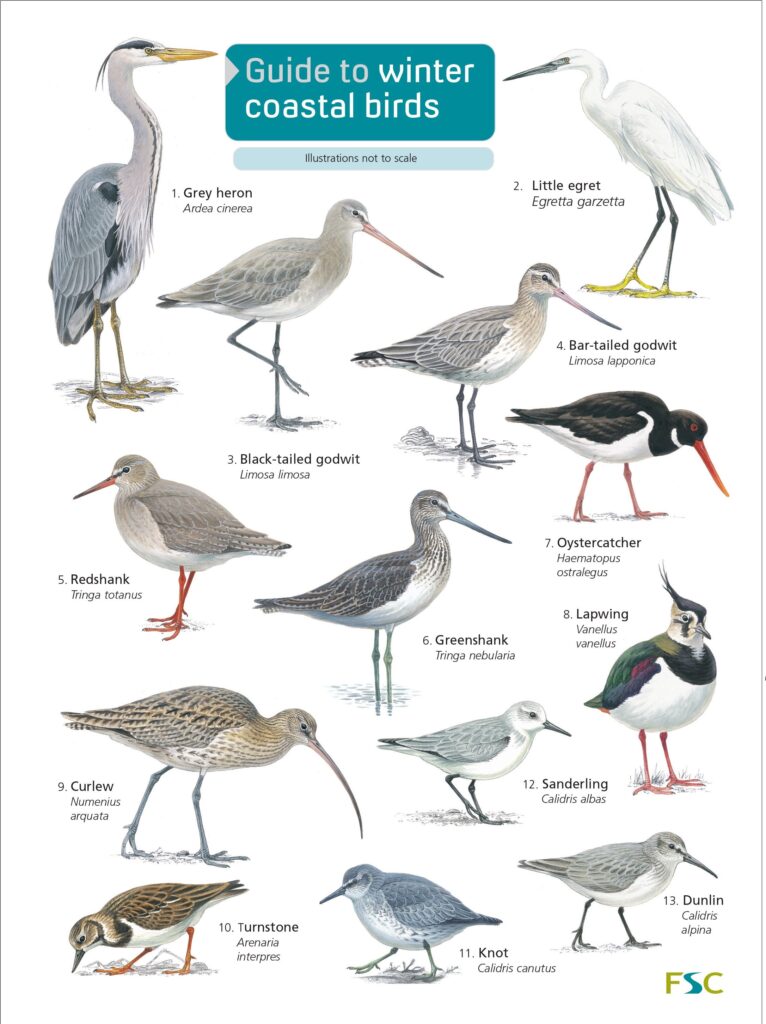
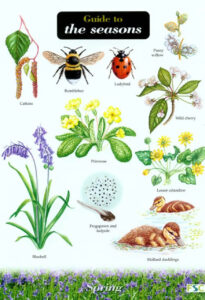
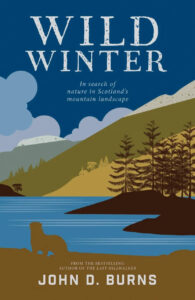


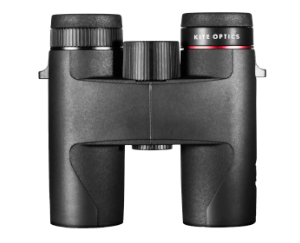
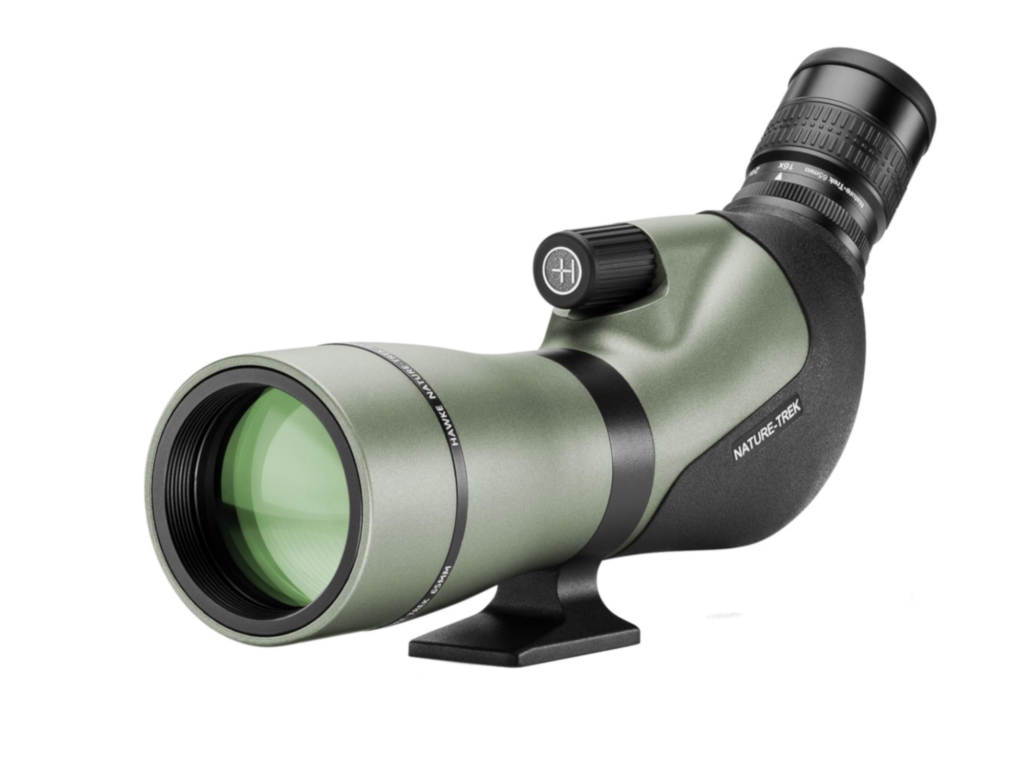

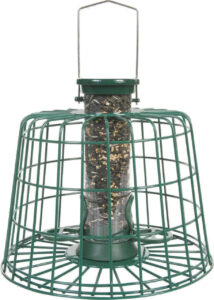

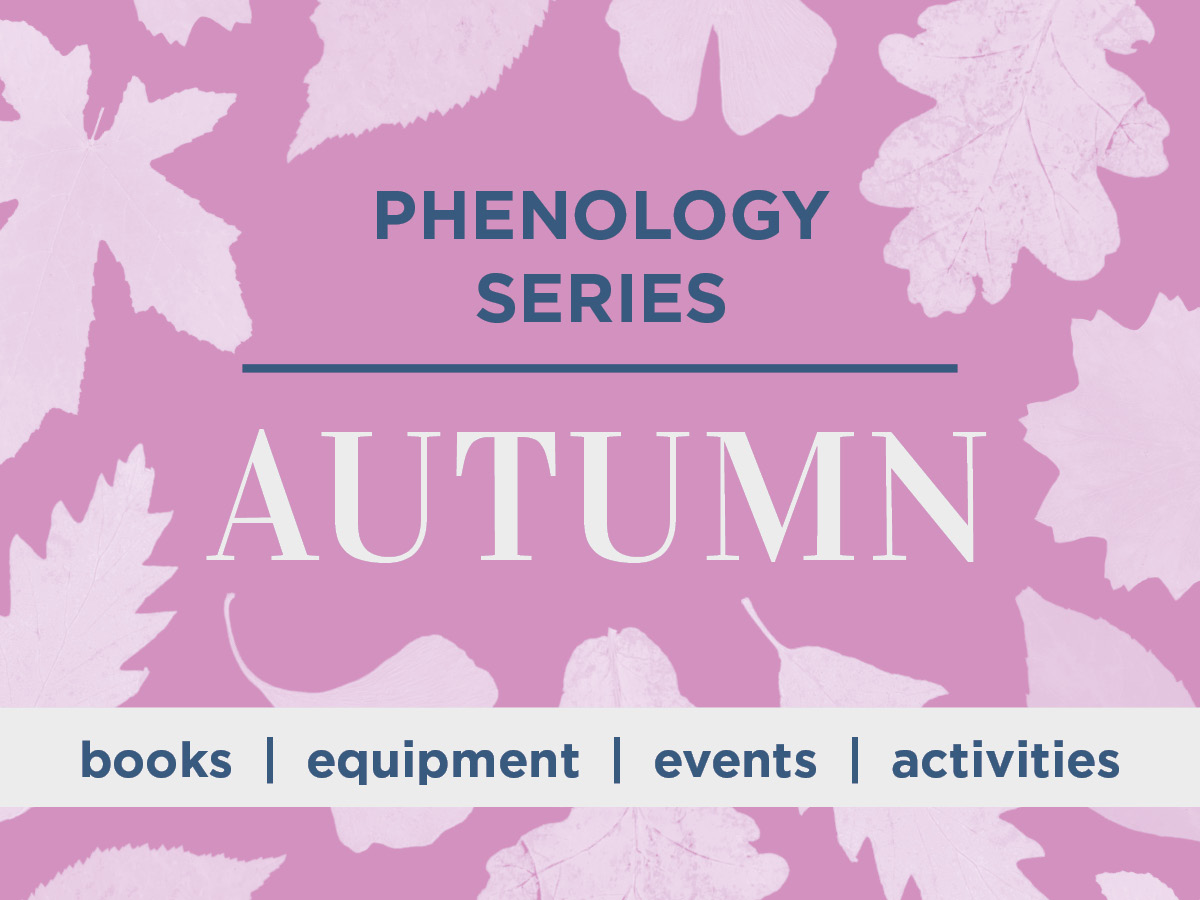
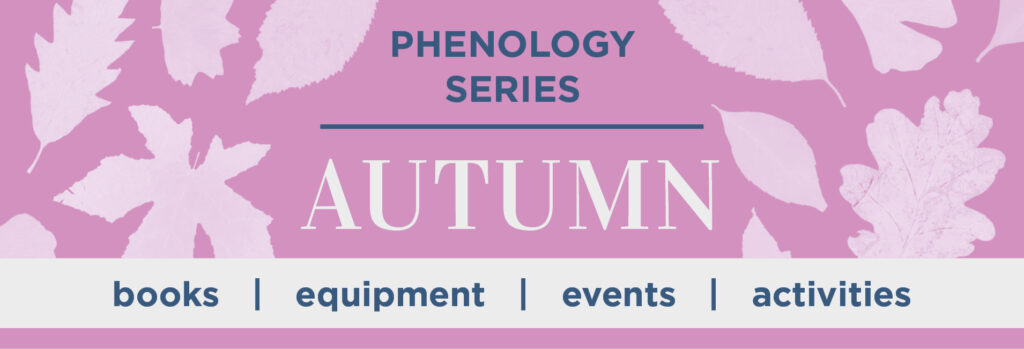
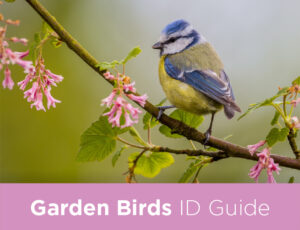
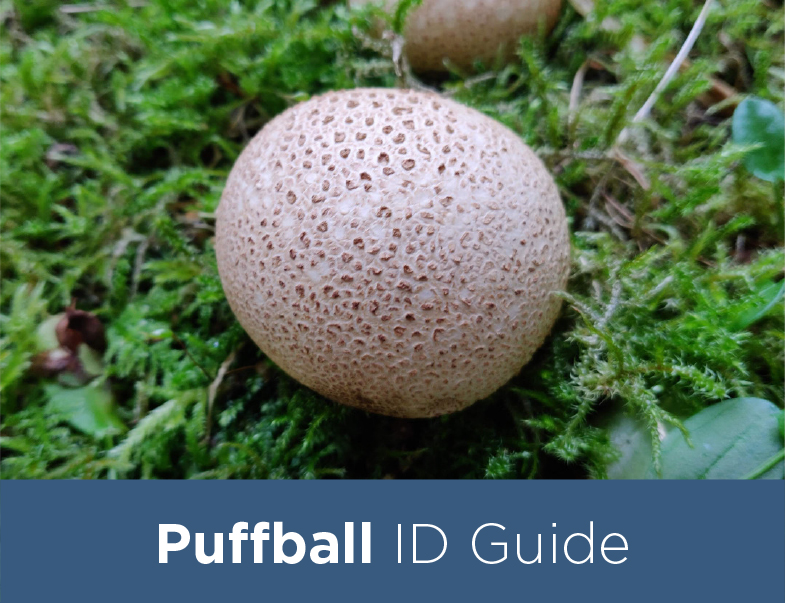
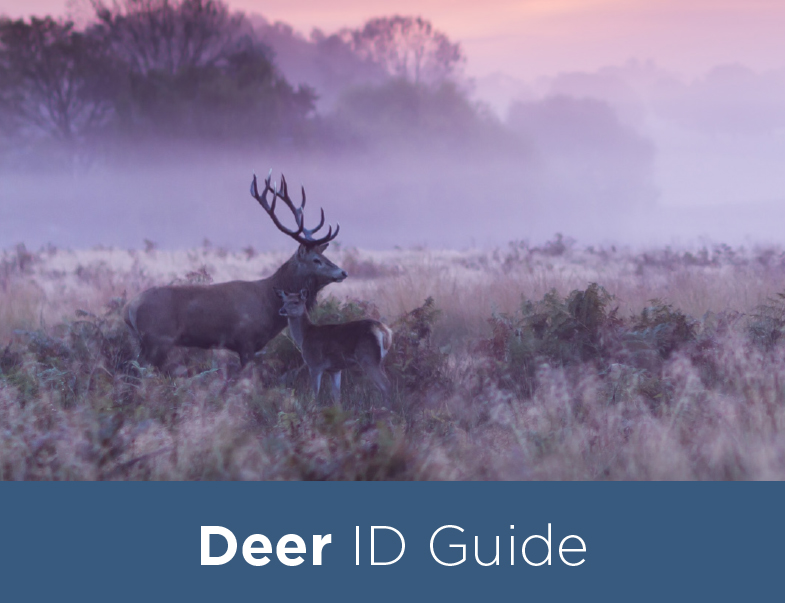

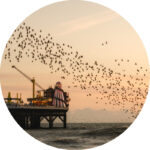 • Peaking in late November and early December, Starling murmurations are one of the most spectacular events in the wildlife watcher’s year. These magnificent clouds of birds, swirling and turning in perfect unison, can be made up of more than 100,000 individuals. The best time to see murmurations is in the early evening – this is when the birds take to the skies to find their night-time roosting spots.
• Peaking in late November and early December, Starling murmurations are one of the most spectacular events in the wildlife watcher’s year. These magnificent clouds of birds, swirling and turning in perfect unison, can be made up of more than 100,000 individuals. The best time to see murmurations is in the early evening – this is when the birds take to the skies to find their night-time roosting spots.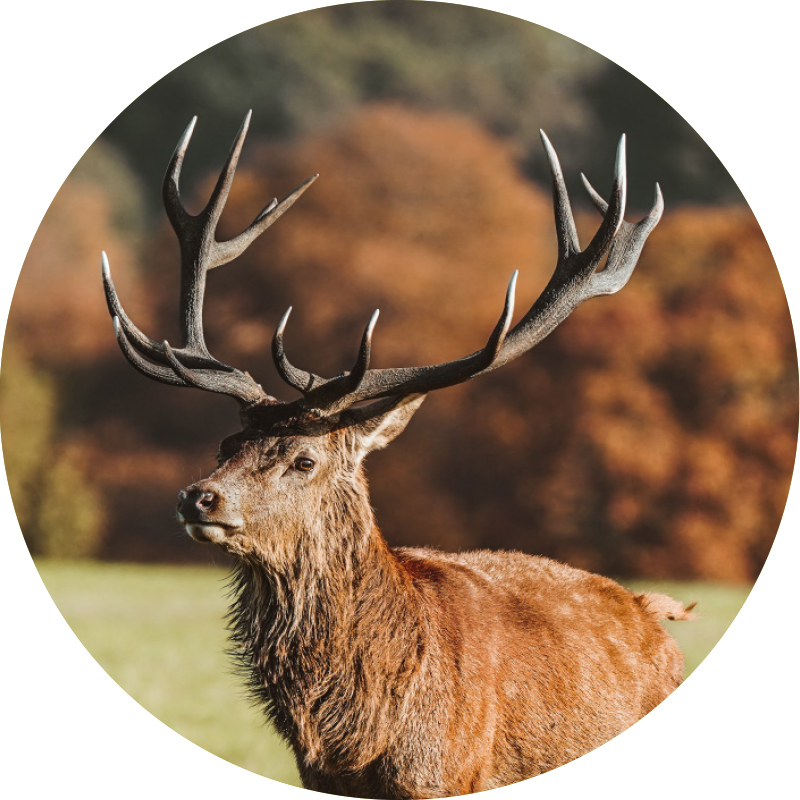 • October is the ideal time to observe the deer rut. Our three largest species of deer (red, fallow and sika) all perform this spectacular behaviour which involves rival stags roaring and locking antlers in battle in order to gain access to females, who are only fertile for around one day each year. Exmoor, Dartmoor and the New Forest are particularly good locations for observing these iconic displays.
• October is the ideal time to observe the deer rut. Our three largest species of deer (red, fallow and sika) all perform this spectacular behaviour which involves rival stags roaring and locking antlers in battle in order to gain access to females, who are only fertile for around one day each year. Exmoor, Dartmoor and the New Forest are particularly good locations for observing these iconic displays. • During the autumn, salmon will migrate from the open ocean back to their home rivers in an effort to reach the higher reaches of clean water where they will breed. As they travel upstream they can jump up to three metres upon encountering waterfalls or other obstacles. Although risky for the fish, as jumping out of the water makes them vulnerable to predation, these spots provide an excellent chance for us to observe the salmon run in action.
• During the autumn, salmon will migrate from the open ocean back to their home rivers in an effort to reach the higher reaches of clean water where they will breed. As they travel upstream they can jump up to three metres upon encountering waterfalls or other obstacles. Although risky for the fish, as jumping out of the water makes them vulnerable to predation, these spots provide an excellent chance for us to observe the salmon run in action.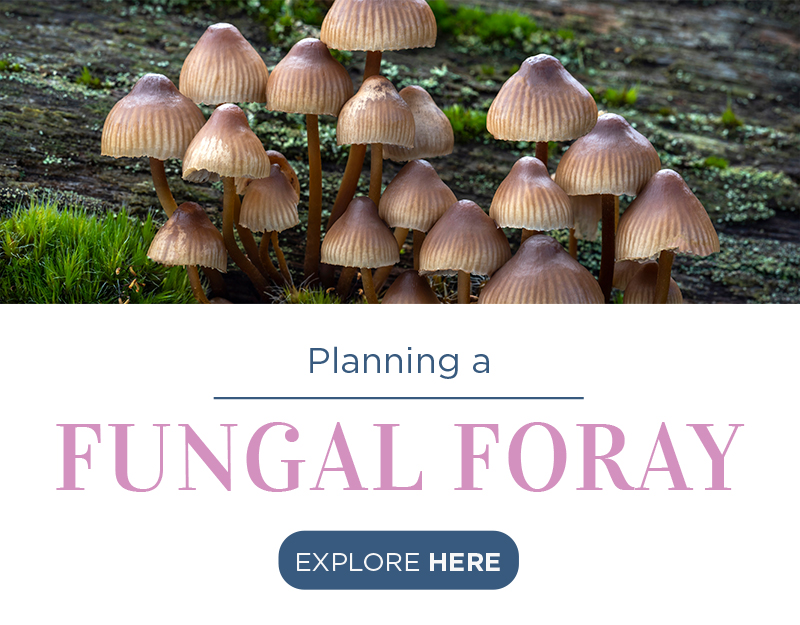
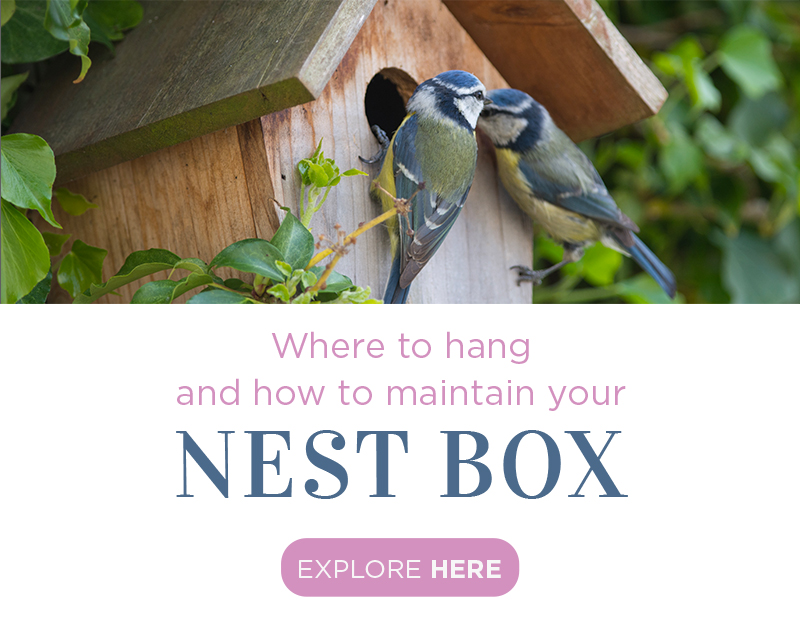
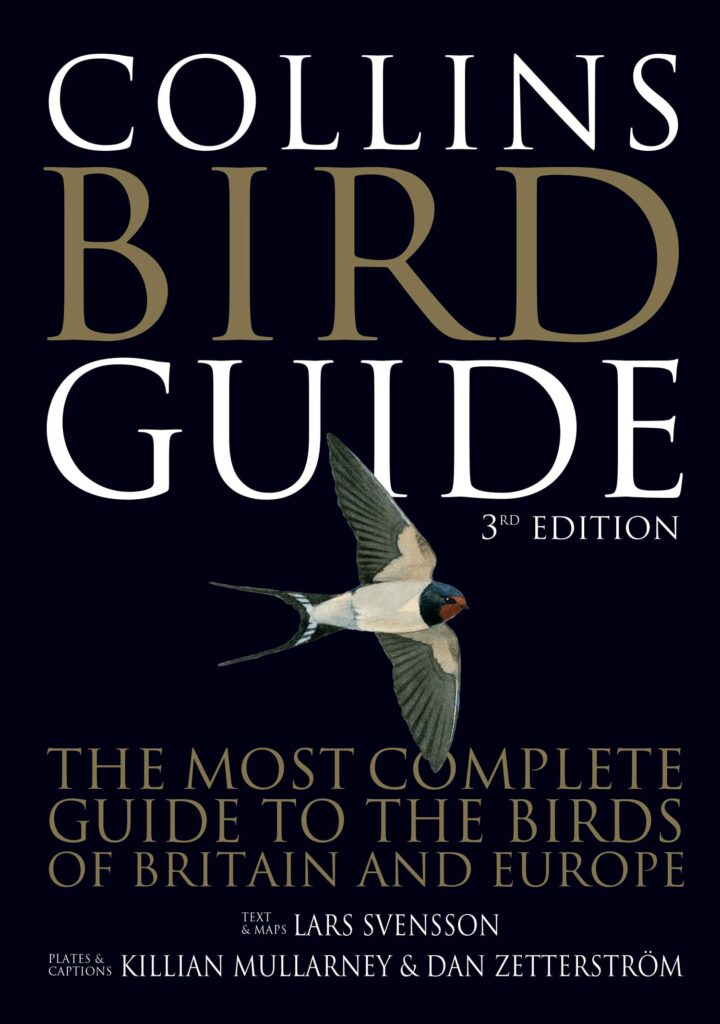
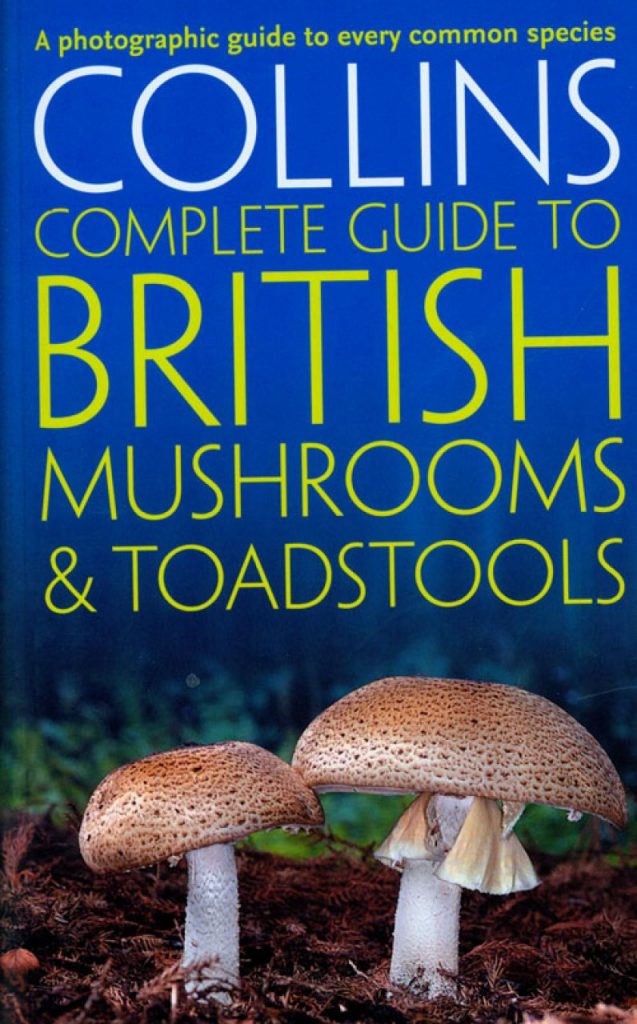

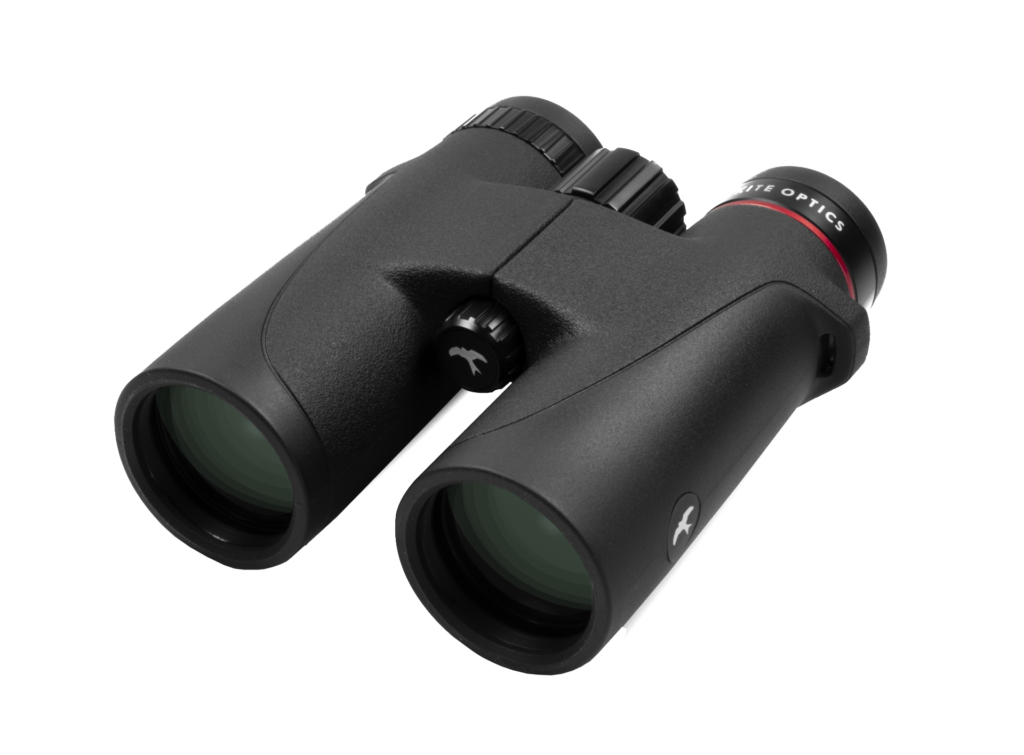

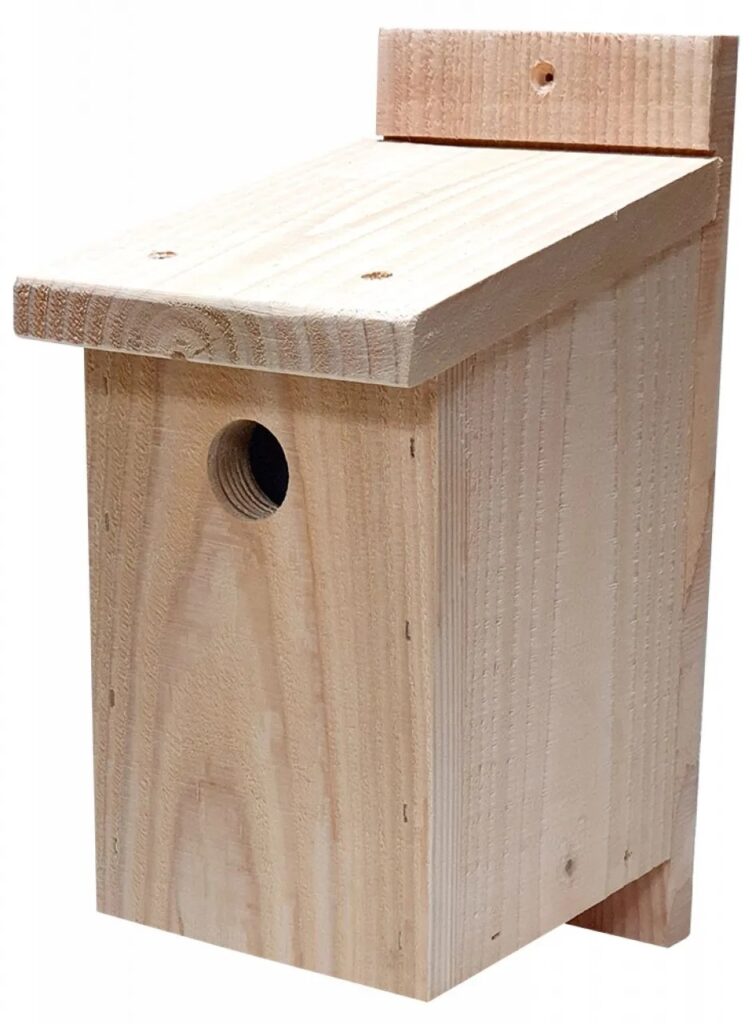

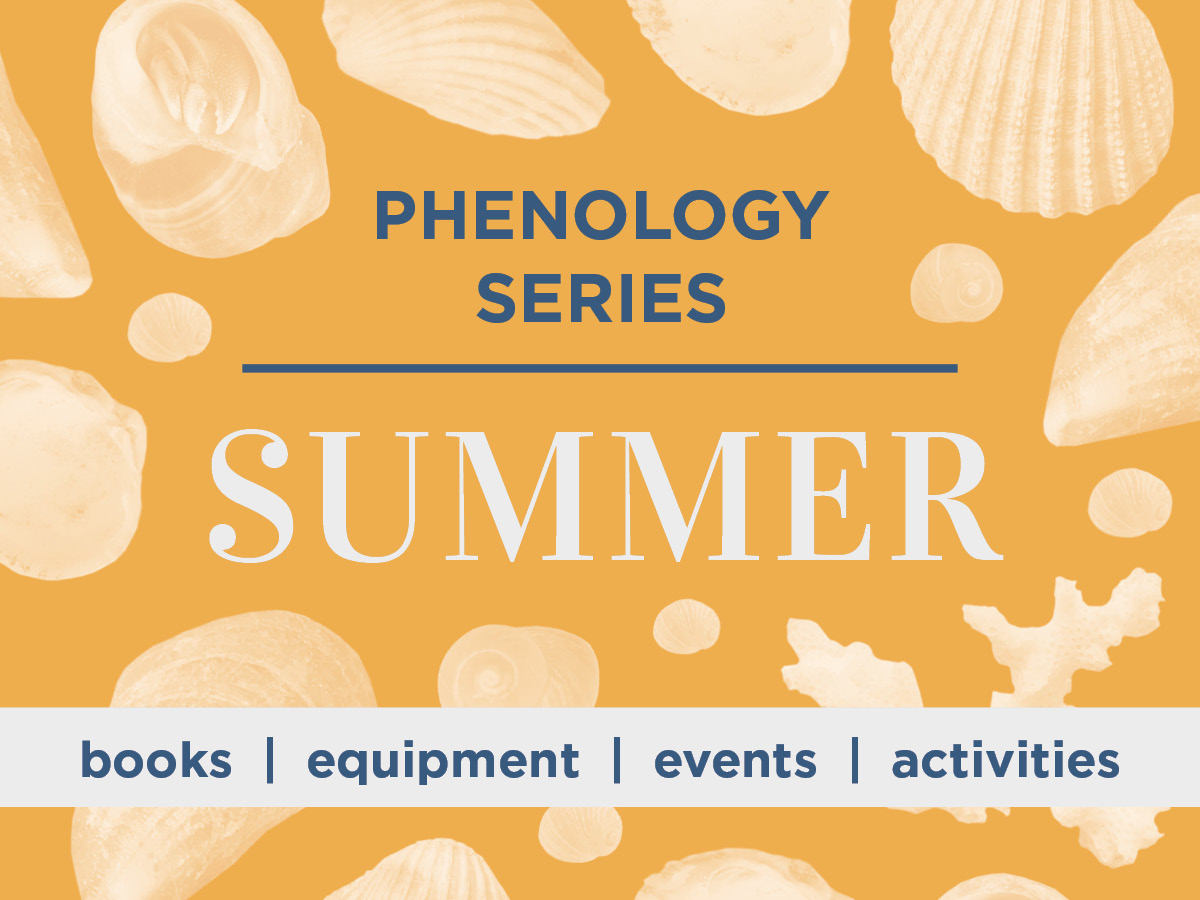

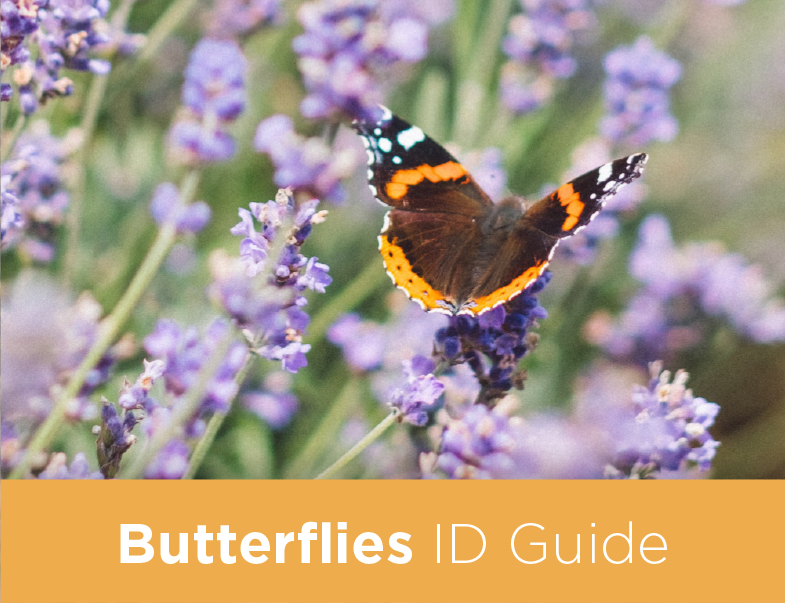
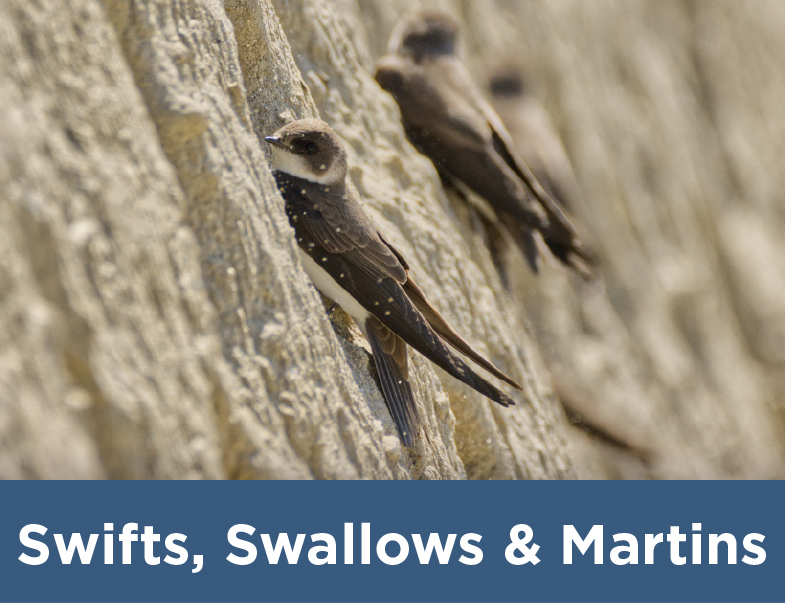
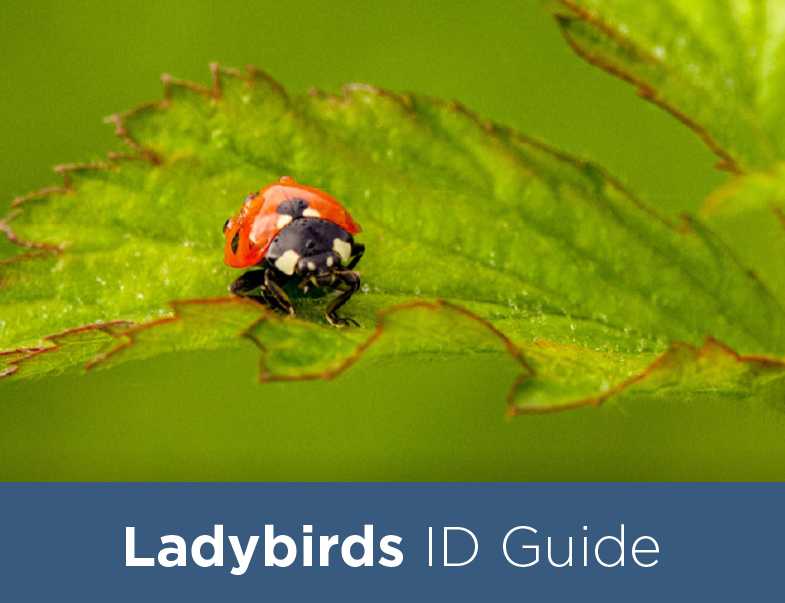
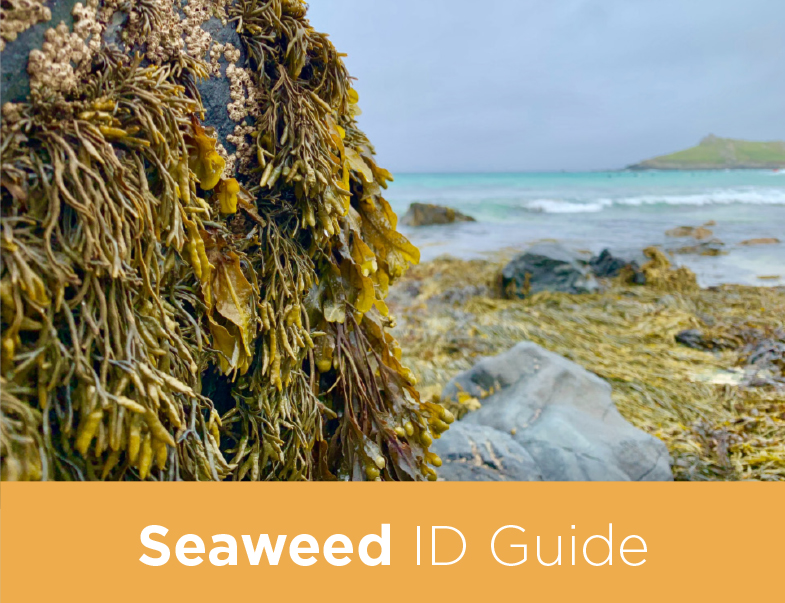
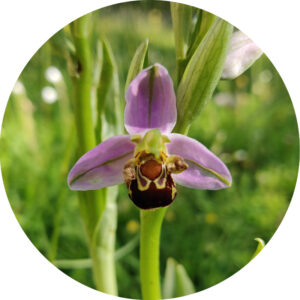 • Bee orchids (Ophrys apifera) will flower briefly in June and July on dry, chalk and limestone grasslands, while sea cliffs will be adorned with the delicate blush of sea thrift (Armeria maritima) from April to October.
• Bee orchids (Ophrys apifera) will flower briefly in June and July on dry, chalk and limestone grasslands, while sea cliffs will be adorned with the delicate blush of sea thrift (Armeria maritima) from April to October.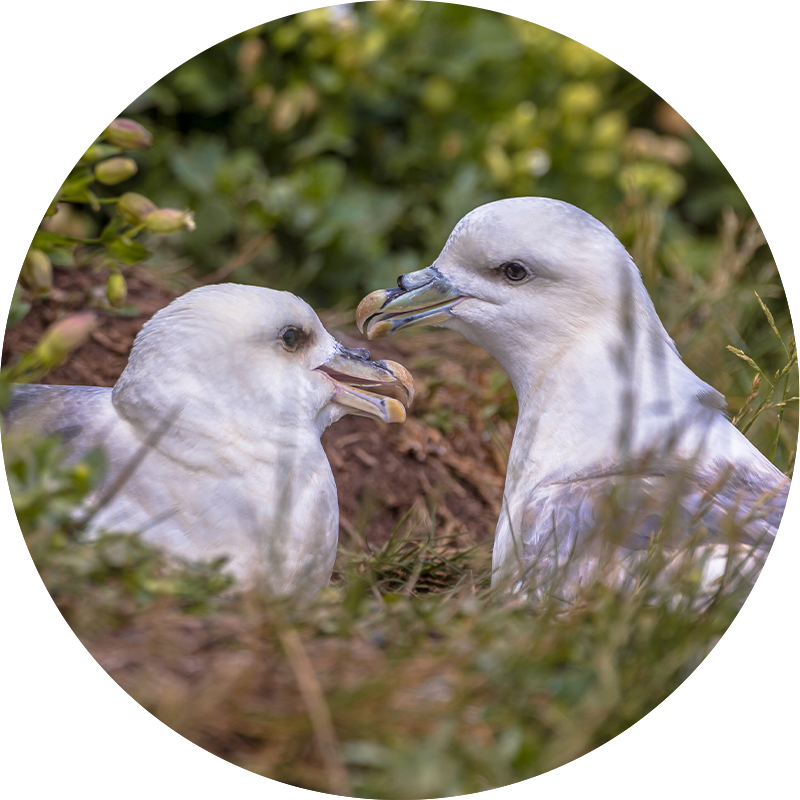 • June to August is an important time for ladybirds. During this period, mated females will lay their eggs which then hatch into larvae and form pupae through a series of four stages, or ‘instars’. Adult ladybirds emerge from the pupae in August.
• June to August is an important time for ladybirds. During this period, mated females will lay their eggs which then hatch into larvae and form pupae through a series of four stages, or ‘instars’. Adult ladybirds emerge from the pupae in August.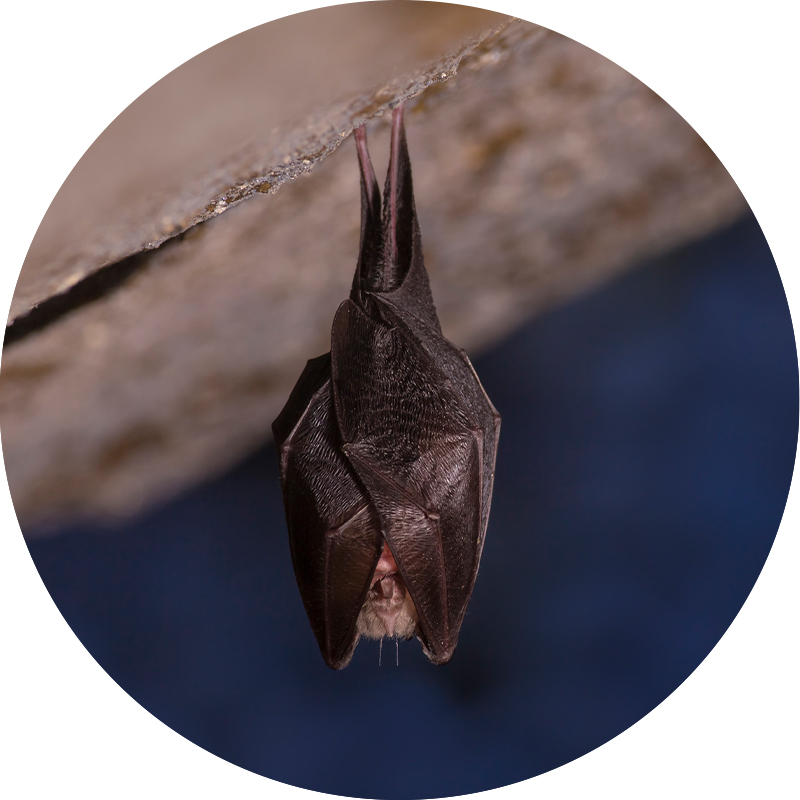 • The summer months are a great time to spot bats hunting for insects during the dusk and dawn hours. Female bats give birth to their young in June and within three weeks these juveniles will be learning to fly themselves. By August the youngsters will no longer need their mother’s milk and will be hunting for their own food.
• The summer months are a great time to spot bats hunting for insects during the dusk and dawn hours. Female bats give birth to their young in June and within three weeks these juveniles will be learning to fly themselves. By August the youngsters will no longer need their mother’s milk and will be hunting for their own food.